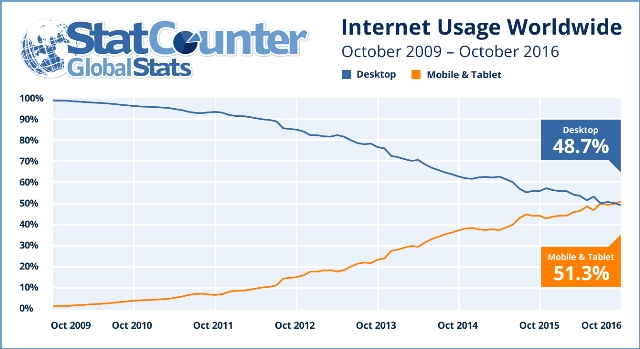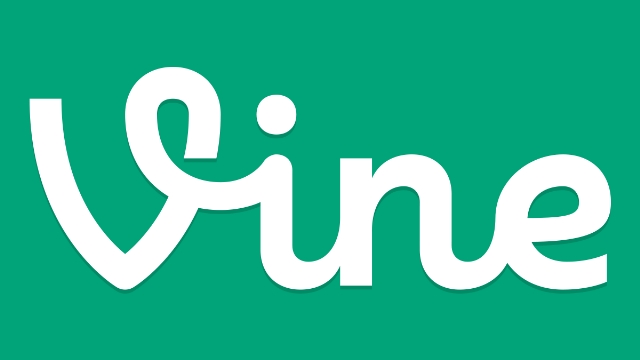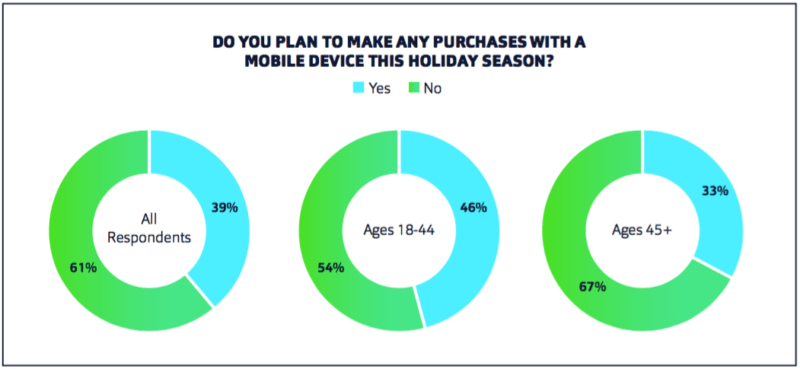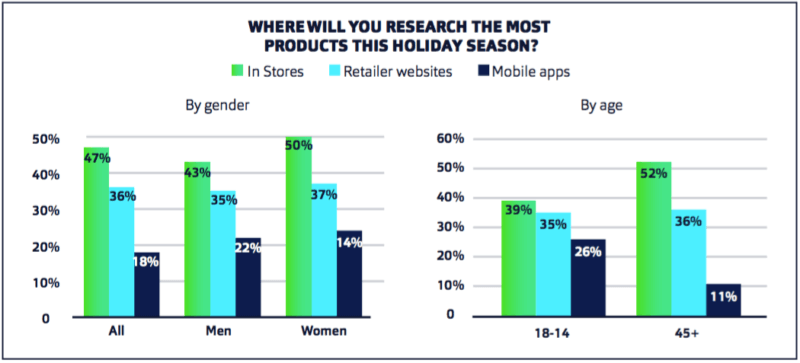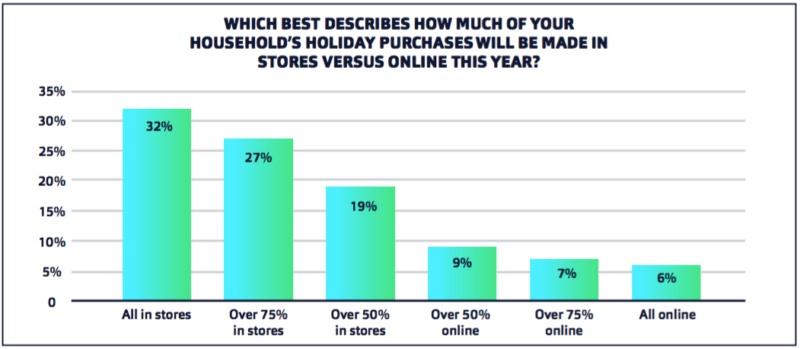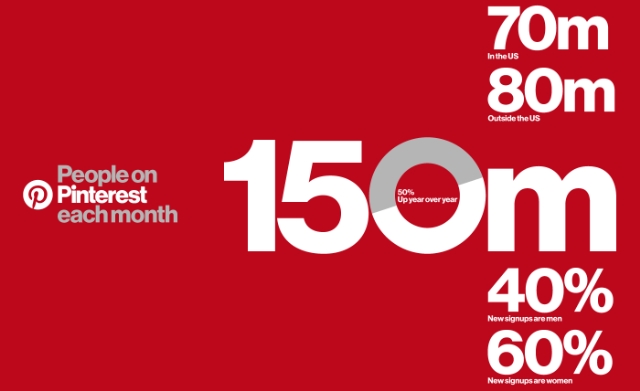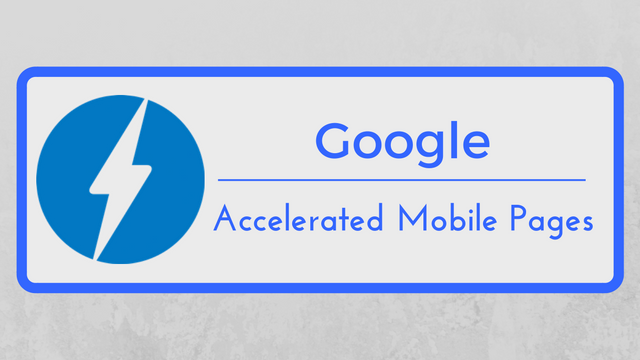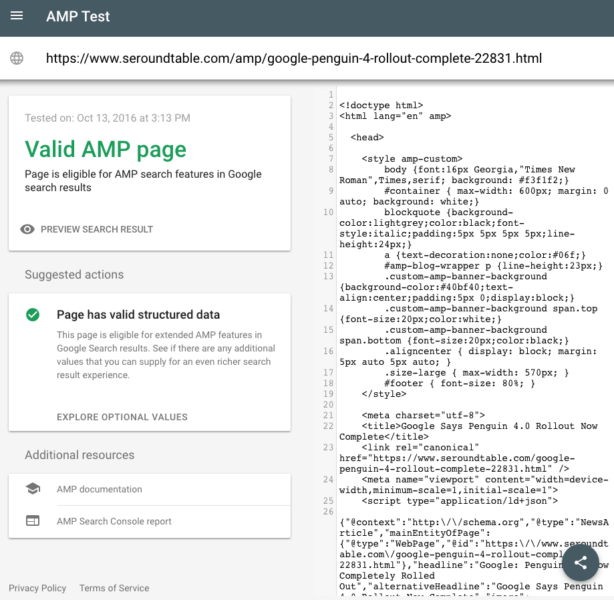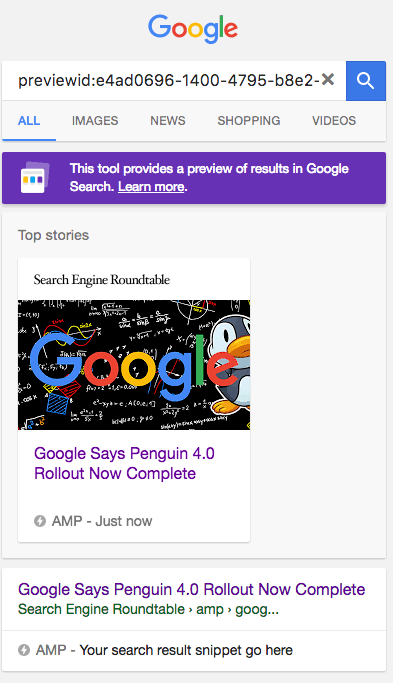
Bing is officially expanding their ad format selection to include app install ads in a pilot program open to all US advertisers. These ads are designed specifically to drive users to install apps when searching from their mobile devices.
The new format isn’t exactly revolutionary. Google has offered similar adds which directed searchers to the iOS App Store or Google Play Store for a fairly long time. However, this is the first time these ads have been available for Bing advertisers.
Setting up App Install Ads is easily done when selecting your ad type in your campaign settings screen. Once your campaign is running, Bing will then detect what type of device a searcher is using and show ads with a direct link to installing an app through their device’s app store.
”Using App Install Ads gets app customers to your app store directly, eliminating the extra time, navigation, and clicks they would otherwise need to take from your website.”
App Install Ads do have a few quirks compared to older ad formats. For example, there is no display URL on the ad. Instead, any clicks will take users directly to an app store page. The new ad format is also limited to just iOS and Android apps. There is no indication whether they will eventually support Windows or Windows phone apps in the future.







